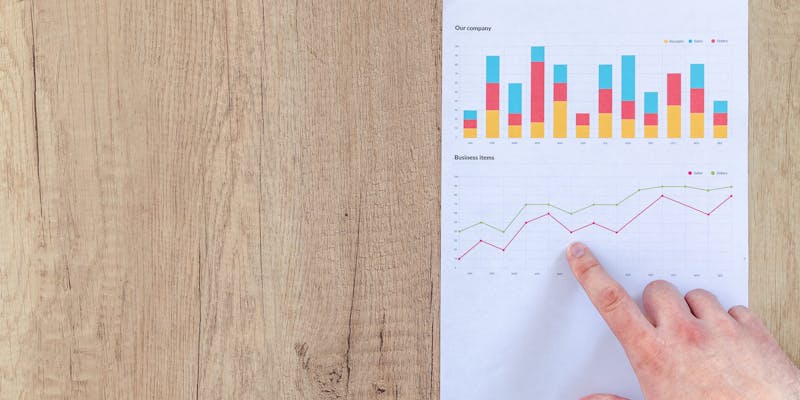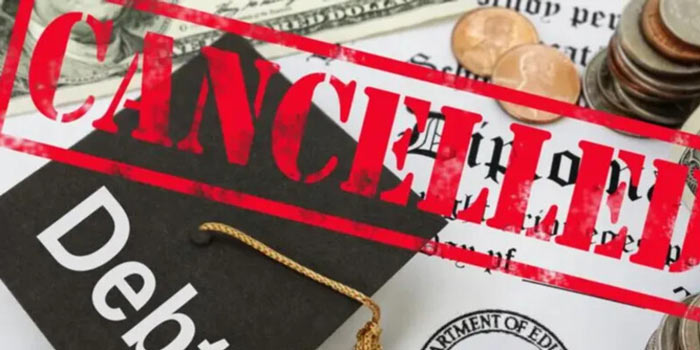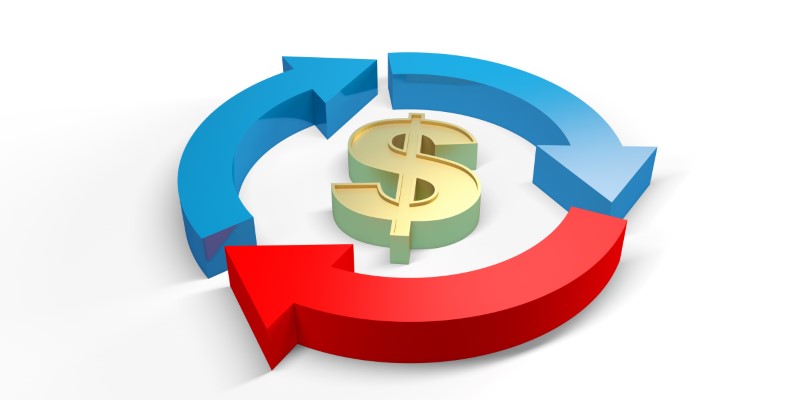Understanding How Inflation Can Chip Away at Your Savings Account
In today's fast-paced world, saving money is more important than ever. Whether it's for a rainy day fund, a dream vacation, or retirement, having a savings account is a crucial part of financial stability.
But what many people don't realize is that inflation can slowly eat away at the value of those hard-earned savings. Let's delve into how inflation impacts your savings account and what you can do to safeguard your funds.
Understanding Inflation
Let's start with the definition of inflation. The term "inflation" describes the steady rise in prices for goods and services over time. Each unit of cash may now purchase less products and services than it did prior to inflation. To put it another way, your money becomes less valuable.
Impact on Savings Account
Inflation acts as a silent thief, slowly eroding the value of your savings over time. Let's break it down with a practical example. Say you have $1000 stashed away in your savings account. At first glance, the amount may appear reasonable and offer a sense of stability and security. However, if the inflation rate hovers around 3% per year, that $1000 won't hold the same purchasing power in the future.
To illustrate, let's consider the effects of inflation on the cost of goods and services. Suppose a loaf of bread costs $2 today. With an annual inflation rate of 3%, the same loaf of bread could cost around $2.06 next year and continue to increase gradually over time. While the nominal value of your savings account remains static at $1000, its real value, in terms of what it can actually buy, diminishes.
This erosion of purchasing power can have significant implications for your financial goals and aspirations. Whether you're saving for a major purchase, such as a home or a car, or building a nest egg for retirement, the impact of inflation shouldn't be underestimated. Over time, the value of your savings may be diminished, making it essential to consider inflation when planning for the future.
Moreover, inflation doesn't affect all expenses equally. Certain sectors, such as healthcare and education, often experience higher inflation rates compared to others. This means that the cost of essential services may outpace the general inflation rate, further diminishing the value of your savings.
Additionally, the interest earned on traditional savings accounts may not keep pace with inflation. While these accounts offer a safe and accessible way to store your money, the low interest rates they typically provide may fail to offset the effects of inflation. As a result, your savings may effectively lose value over time, even as they earn interest.
Mitigating the Impact
Now that we understand how inflation can chip away at your savings account let's discuss some strategies to mitigate its impact:
Invest Wisely
One way to combat inflation is by investing your savings in assets that have the potential to outpace inflation over time. Consider diversifying your portfolio with stocks, real estate, or commodities.
High-Yield Savings Accounts
Look for savings accounts that offer a higher interest rate. While traditional savings accounts may offer low interest rates, some online banks and credit unions offer higher yields, helping your savings keep pace with inflation.
Treasury Inflation-Protected Securities (TIPS)
The U.S. Treasury issues TIPS, a particular kind of investment that is intended to guard against inflation. These securities make sure your investment stays up with inflation by adjusting their principal value in response to increases in the Consumer Price Index (CPI).

Budgeting and Saving
While investing is important, so is maintaining a healthy savings habit. Budgeting allows you to control your expenses and allocate funds towards savings, helping you build a financial cushion against inflationary pressures.
Consider Inflation When Planning
The effect of inflation must be taken into account while establishing financial goals. Whether you're saving for a long-term retirement or a one-time expense, be sure to factor in inflation to make sure your resources will last long enough to fulfill your needs.
Invest in Inflation-Beating Assets
Assets that have historically yielded returns higher than inflation are considered inflation-beating assets. These may include equities, which have a history of providing longer-term returns than savings accounts. Investing in a diverse portfolio can help spread risk and potentially generate higher returns to counteract the effects of inflation, even though equities have higher volatility.
Real Estate Investments
Real estate is another asset class that has the potential to preserve and grow wealth over time. Property values and rental income have historically kept pace with or exceeded inflation rates. Investing in rental properties or real estate investment trusts (REITs) can provide a hedge against inflation while generating passive income.
Utilize Retirement Accounts
Retirement accounts such as 401(k)s and IRAs offer tax advantages and investment options that can help combat inflation. Consider maximizing contributions to these accounts and investing in a diversified mix of assets tailored to your risk tolerance and retirement goals.
Regularly Review and Adjust Investments
Economic conditions and inflation rates can fluctuate over time. To make sure that your investment portfolio is in line with your risk tolerance and financial goals, it is crucial to analyze it on a regular basis. Rebalancing your portfolio may involve reallocating assets to sectors or investments that are better positioned to weather inflationary pressures.

Conclusion
Although inflation may seem like a far-off idea, it can actually have a significant impact on your financial security, particularly in relation to your savings account.
By understanding how inflation erodes the value of your savings and taking proactive steps to mitigate its impact, you can ensure that your hard-earned money continues to work for you, even in an inflationary environment. So, don't let inflation be the silent thief of your savings take action today to safeguard your financial future.












